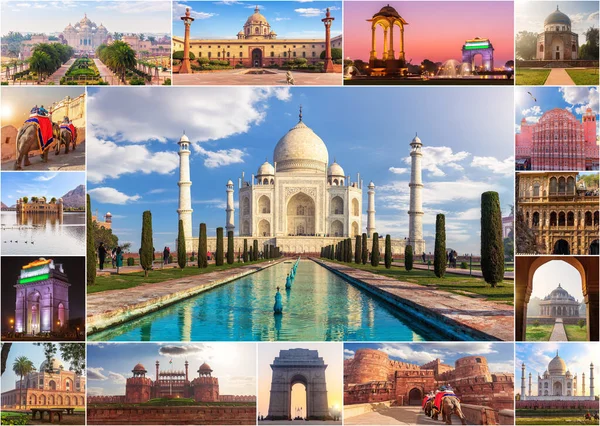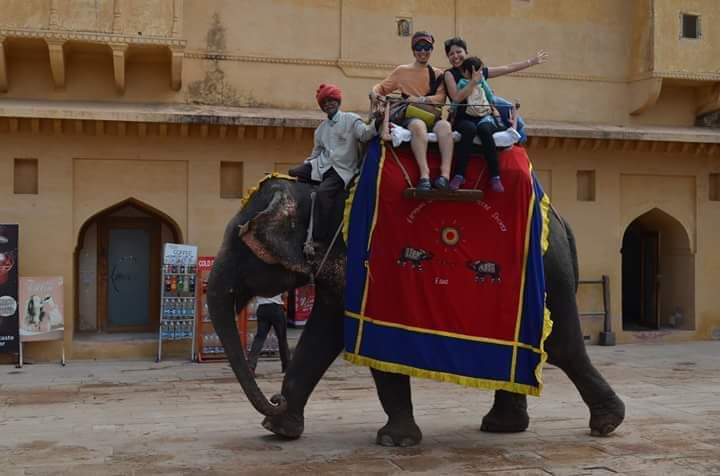Overview
Delhi, the capital of India, is a vibrant metropolis steeped in history and cultural diversity. Located in northern India along the banks of the Yamuna River, it serves as the political, economic, and cultural heart of the country. The city is a fascinating blend of ancient history and modernity, marked by its impressive monuments, bustling markets, and dynamic lifestyle.
History
"National Capital Territory"
ncient and Medieval Periods: Delhi's history stretches back over 2,500 years. It was known as Indraprastha in ancient times, mentioned in the Mahabharata, an epic Hindu text. Over centuries, it evolved through various empires, including the Tomars, Chauhans, and the Delhi Sultanate, which established it as a prominent city in the 12th century.
Mughal Era: The Mughal Empire significantly shaped Delhi's landscape. In 1526, Babur established Mughal rule after the Battle of Panipat. Akbar, the third Mughal emperor, built the grand city of Fatehpur Sikri, while Shah Jahan, his successor, constructed the Red Fort and the Jama Masjid in Delhi, which became the center of Mughal power. The Taj Mahal, though located in Agra, epitomizes the Mughal era’s architectural brilliance.
British Colonial Period: In the 19th century, Delhi fell under British control, and the city underwent extensive modernization. The British established New Delhi as the capital of British India in 1911, designing it with grand colonial architecture. This area became the seat of power during the British Raj.
Post-Independence: After India gained independence in 1947, Delhi was retained as the capital of the newly-formed Republic of India. The city witnessed significant growth and urbanization, evolving into a major global metropolis.
Today, Delhi stands as a dynamic city with a rich historical legacy. Key attractions include the historic Red Fort, the serene Lotus Temple, and the bustling markets of Chandni Chowk. The city is a confluence of its ancient past and contemporary present, offering a unique experience for both residents and visitors.
Tours in
Delhi
₹0.00
0
(0 Reviews)
₹0.00
0
(0 Reviews)
₹0.00
0
(0 Reviews)
₹0.00
0
(0 Reviews)
₹0.00
0
(0 Reviews)
₹0.00
0
(0 Reviews)
₹0.00
0
(0 Reviews)
₹0.00
0
(0 Reviews)





